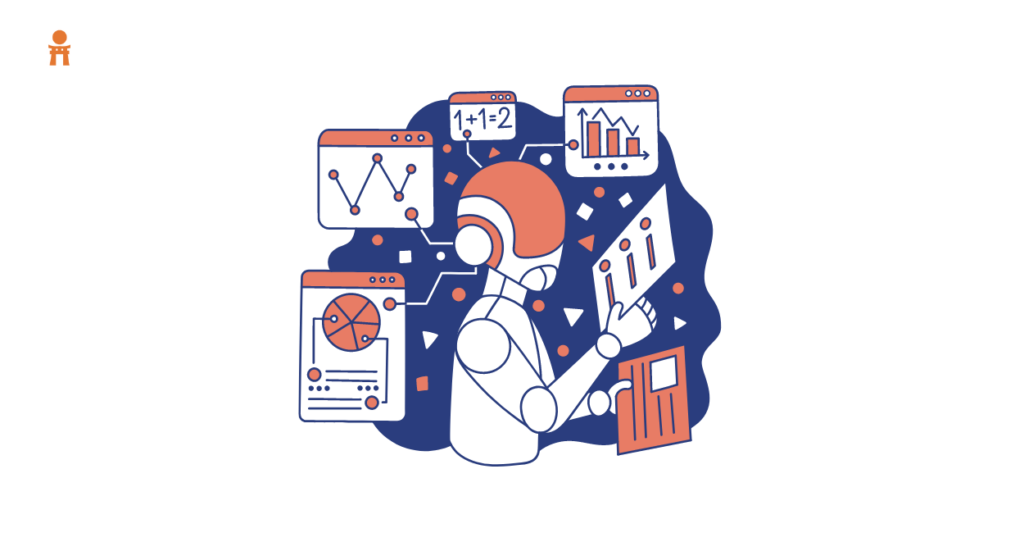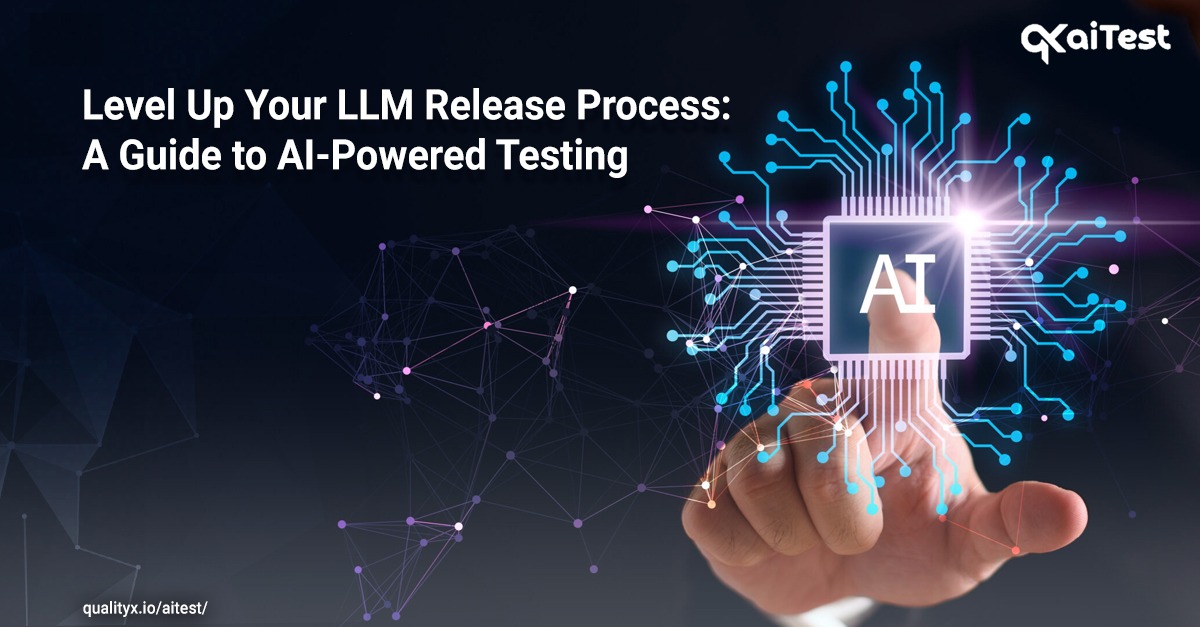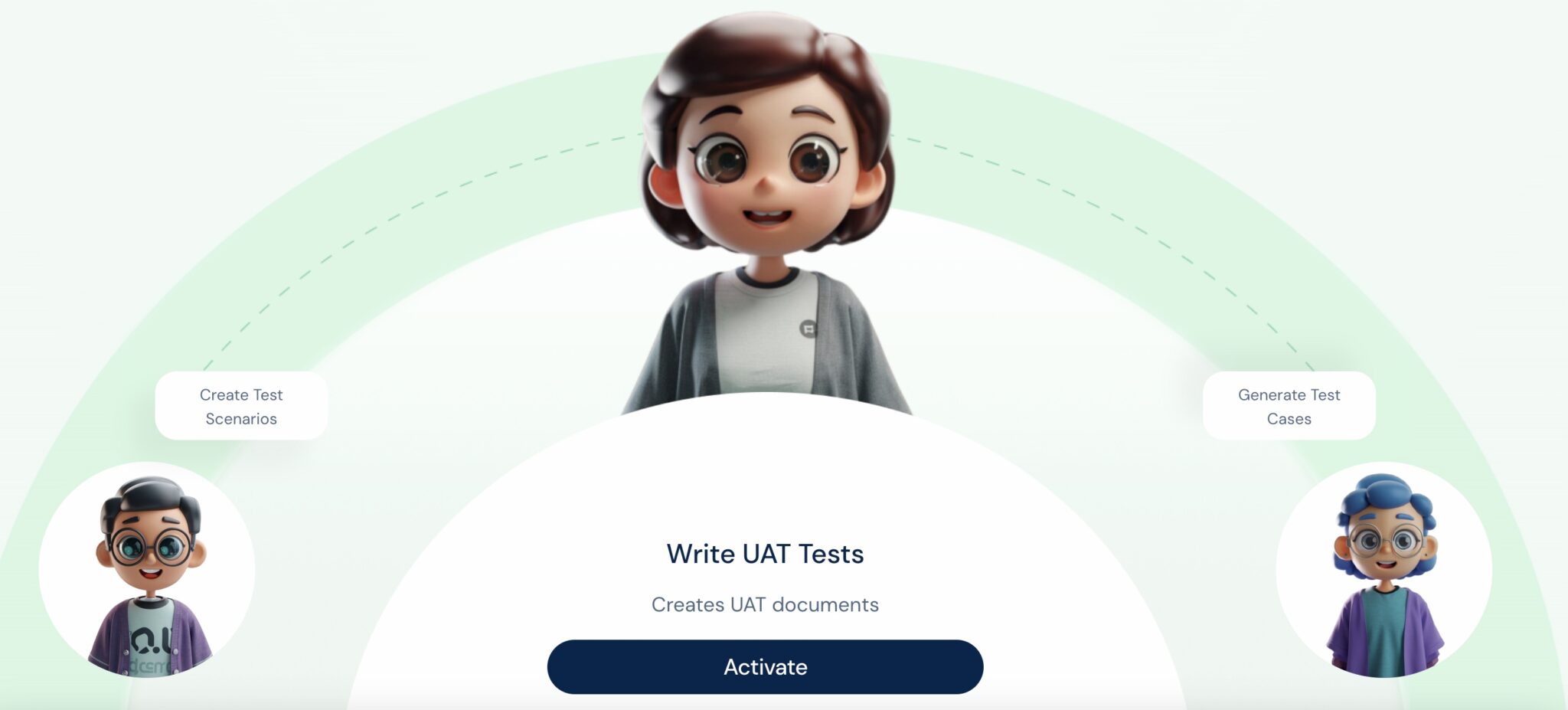Introduction:
In the rapidly evolving world of technology, the development and deployment of Large Language Models (LLMs) have become a cornerstone for businesses looking to harness the power of artificial intelligence. These sophisticated models, like GPT-4 and its successors, are transforming industries by automating tasks, enhancing customer interactions, and driving innovative solutions. However, the complexity of these models necessitates a robust and meticulous release process to ensure their reliability, accuracy, and ethical compliance. Enter AI-powered testing – a game-changer in the LLM release process.
The Importance of a Robust Release Process
The deployment of an LLM is not just about flipping a switch. It involves intricate planning, rigorous testing, and continuous monitoring. A robust release process is crucial for several reasons:
- Quality Assurance: Ensures the model performs as expected across various scenarios.
- Risk Mitigation: Identifies and addresses potential issues before they impact end-users.
- Compliance and Ethics: Guarantees the model adheres to regulatory standards and ethical guidelines.
- User Satisfaction: Enhances the user experience by delivering a reliable and effective product.
Why AI-Powered Testing?
Traditional testing methods, while valuable, often fall short when dealing with the scale and complexity of LLMs. AI-powered testing introduces a new paradigm, leveraging the very technology being tested to enhance the testing process itself. Here’s why AI-powered testing is essential:
Efficiency and Scalability
AI-powered testing tools can process vast amounts of data quickly and accurately. This scalability is crucial for LLMs, which require extensive datasets for training and validation. AI can simulate numerous test scenarios, identifying edge cases that manual testing might miss.
Enhanced Accuracy
Machine learning algorithms excel at pattern recognition and anomaly detection. AI-powered testing can identify subtle issues in model outputs, such as biases or inconsistencies, that human testers might overlook. This leads to a more accurate and reliable model.
Continuous Improvement
AI-powered testing is not a one-time process. It supports continuous integration and continuous deployment (CI/CD) pipelines, allowing for ongoing monitoring and improvement of the LLM. This ensures the model remains up-to-date with the latest data and performance standards.

Implementing AI-Powered Testing in Your LLM Release Process
- Define Clear Objectives
Begin by outlining the specific goals for your LLM. What do you want to achieve with this model? Define metrics for success, such as accuracy, response time, and user satisfaction. Clear objectives will guide your testing process and help measure its effectiveness.
Choose the Right Tools
Select AI-powered testing tools that align with your objectives. Tools like TensorFlow Extended (TFX), IBM Watson, and Google AI’s testing frameworks offer robust solutions for LLM testing. Ensure the tools you choose can handle the scale and complexity of your model.
- Develop a Comprehensive Test Plan
A well-structured test plan is essential. It should include:
- Data Validation: Ensure your training data is accurate, relevant, and free from biases.
- Model Validation: Test the model’s performance across different scenarios and datasets.
- Regression Testing: Verify that new updates do not negatively impact existing functionalities.
- Ethical Testing: Assess the model for biases and ethical compliance.
- Automate the Testing Process
Leverage AI to automate repetitive and time-consuming testing tasks. Automated testing can run extensive test cases rapidly, providing quick feedback and allowing your team to focus on higher-level analysis and improvements.
- Monitor and Iterate
Post-deployment, continuous monitoring is vital. Use AI-powered tools to track the model’s performance in real-time, identifying and addressing issues as they arise. Regular updates and iterations based on feedback and performance data will keep your LLM at its best.

- Engage Stakeholders
Involve all relevant stakeholders in the testing process. This includes data scientists, developers, ethicists, and end-users. Their insights and feedback are invaluable in refining the model and ensuring it meets all requirements and expectations.
The Future of LLM Testing
The future of LLM testing is undeniably intertwined with AI advancements. As AI technologies evolve, so too will the tools and methods for testing LLMs. We can expect even more sophisticated testing frameworks that can predict issues before they occur, adaptive testing algorithms that learn and improve over time, and more comprehensive ethical testing protocols.
Conclusion
Leveling up your LLM release process with AI-powered testing is not just an option – it’s a necessity. The benefits of efficiency, accuracy, continuous improvement, and ethical compliance are too significant to overlook. By implementing a robust AI-powered testing strategy, you can ensure your LLM deployments are successful, reliable, and beneficial for all stakeholders involved.
Embrace the future of AI with confidence. Equip your team with the right tools and strategies, and watch your LLM projects soar to new heights of innovation and excellence.
For more insights into AI-powered testing and to discover how our solutions can enhance your LLM release process, contact us today!


